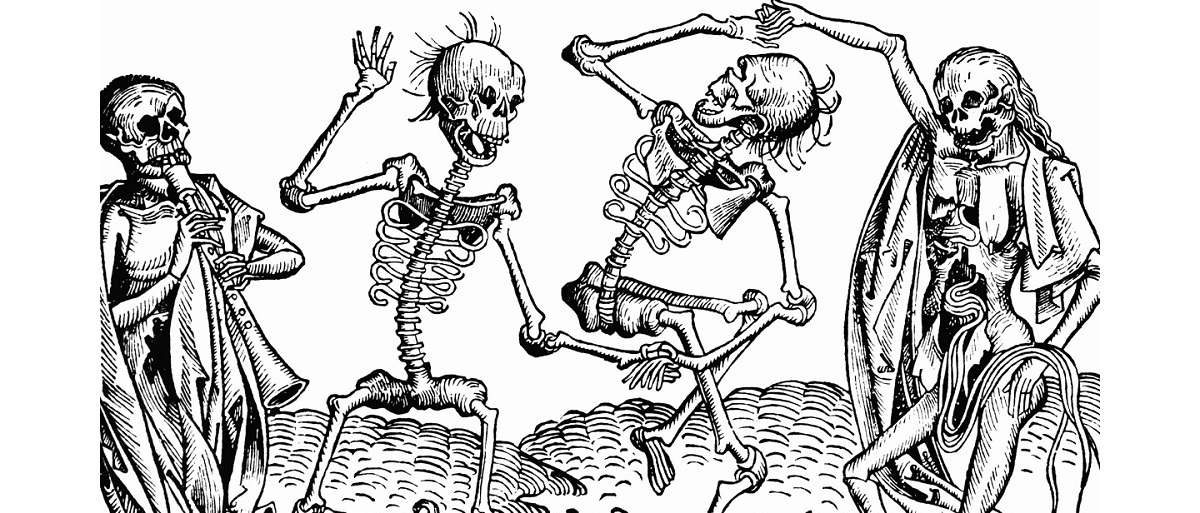The Black Death
Posted on 8th January 2021
The Black Death bacteria ‘Yersinia pestis’ originated in Asia, spread across Europe and arrived in England in 1348. It was originally known as ‘The Great Pestilence’ or ‘The Great Mortality’, with it being named The Black Death many years later.
Caused by fleas on the coats of black rats it was spread across Asia by traders travelling on the Silk Road, and was first reported in Europe in the port city of Kaffa in the Crimea.
The Mongol army led by Jani Beg laid siege to Kaffa in 1347; Beg was suffering from the disease at the time. Many of the Mongol army were infected and dying from the disease, the infected bodies thrown over the city walls of Kaffa to infect the people within the city confines. Traders in Kaffa, began to flee the city, but they were now infected themselves and this caused the rapid spread of the disease, both overland and by sea.
The Black Death arrived in England on a ship landed at Melcombe Bay in Weymouth in June 1348.
Within months it had spread to London and in little over the year it had spread over the entire country.
London at the time was the ideal ground for the spread of the disease, with its narrow streets, poor sanitation, sewage flowing in the streets and houses with poor ventilation.
The Plague as it is known has three variations.
Bubonic Plague - When bitten by a black rat, swellings or ‘buboes’ appear at the site of the bite, sometimes growing as big as an apple or orange; the most common areas being the groin, armpit or neck. The Bubonic Plague was extremely painful, and it would take many days for a person to die. The bacteria would enter the bloodstream after three or four days and infect the internal organs, resulting in death.
Pneumonic Plague - Airborne and therefore hard to avoid; breathed directly into the lungs and passed from person to person.
Septicaemic Plague - When a person was bitten, the flea bite bacteria would go directly into the bloodstream, causing almost immediate death.
The treatment of the disease varied, although few survived. The treatment included:
Bloodletting (Bleeding veins on the same side of the body as the buboes had grown)
Sweating (Wrapping the naked body in a blanket soaked in cold water)
Forced Vomiting
Urinating
The disease was less virulent during the winter months, however it did survive the winter of 1348 - 1349, however by December 1349 the country was finally returning to normal.
Tagged as: Junior Middle Ages
Share this post:





